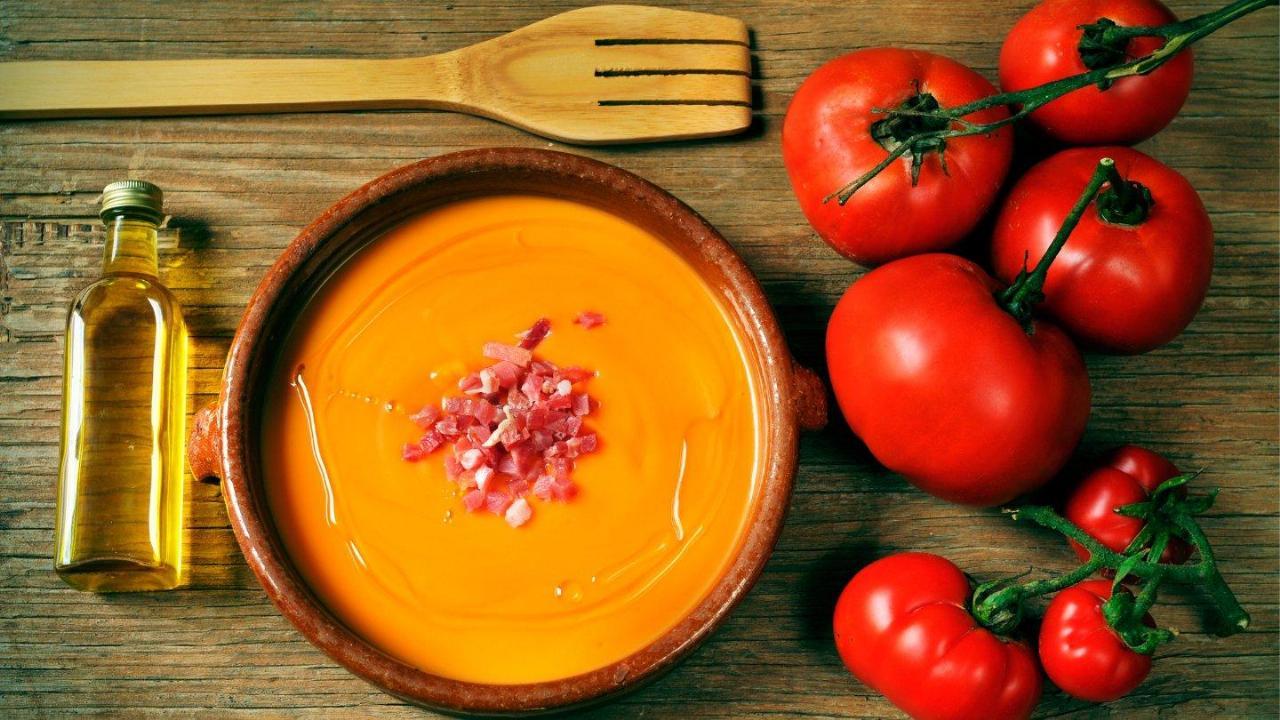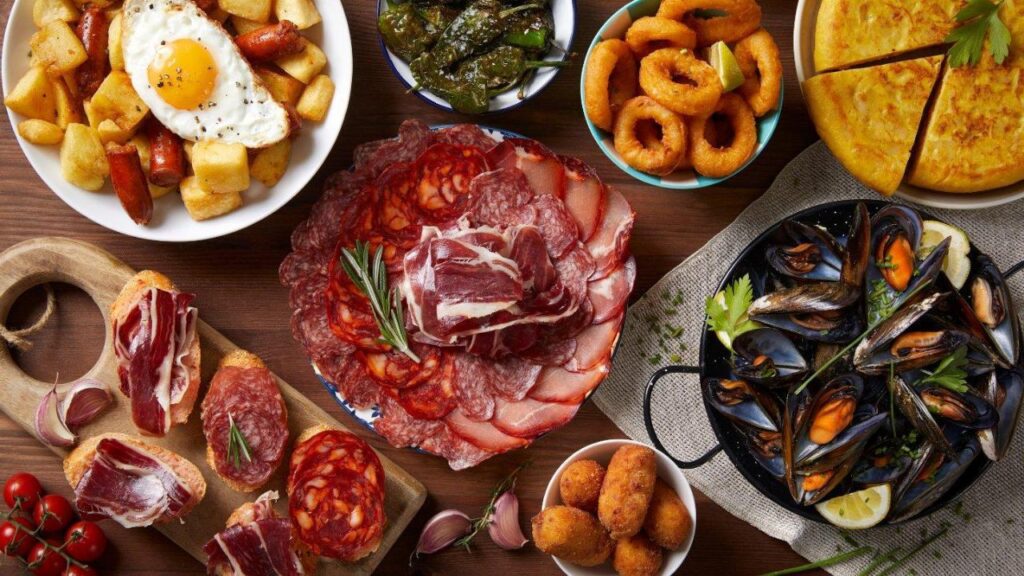Spanish home cooking is a vibrant celebration of flavor, tradition, and simplicity that has captivated food enthusiasts worldwide. The magic of Spanish cuisine lies not in complicated techniques or fancy equipment, but rather in understanding a few fundamental principles that can transform everyday ingredients into extraordinary meals. Whether you’re preparing a casual family dinner or hosting friends for a tapas night, mastering these secrets will bring authentic Spanish flavors to your table.
Traditional Spanish Cooking Techniques
Spanish cuisine stands out for its reliance on time-honored cooking methods that have been passed down through generations. These techniques form the backbone of authentic Spanish food, creating dishes that are both comforting and sophisticated. Many Spanish families still cook meals from scratch using methods that their grandparents and great-grandparents employed in their kitchens. You can find quality Spanish cookware at https://www.macom.es/ to help you achieve authentic results when trying these techniques at home.
The Art of Slow Simmering
One of the most distinguishing features of Spanish home cooking is the dedication to slow simmering. This technique is essential for classic dishes like fabada asturiana and rabo de toro. Chef José Pizarro, often called the Godfather of Spanish cuisine in the UK, emphasizes that patience is key when preparing traditional stews. The slow cooking process allows flavors to meld together harmoniously while tenderizing tougher cuts of meat. Unlike fast cooking methods, this approach breaks down collagen in meats like oxtail, transforming them into succulent, fall-off-the-bone delicacies that are rich in flavor and depth.
Spanish cooks understand that a good stew cannot be rushed. Many households maintain a gentle simmer for hours, occasionally stirring and adjusting seasonings as needed. This commitment to slow cooking is what gives Spanish cuisine its soulful character, creating dishes that taste as though they’ve been lovingly tended to all day because, in fact, they have been.
Mastering the Perfect Sofrito Base
The sofrito is perhaps the most important foundation in Spanish cooking, appearing in countless recipes from paella to stews. This aromatic base consists primarily of onions, garlic, and tomatoes slowly cooked in olive oil until they transform into a thick, flavorful sauce. According to José Pizarro, creating a proper sofrito requires patience, with onions and garlic gently caramelizing for over an hour before adding tomatoes.
A well-executed sofrito brings depth and complexity to dishes that simply cannot be replicated with shortcuts. For an authentic version, start with 50ml of olive oil and a large white onion, adding around 1kg of fresh tomatoes once the onions have properly softened and caramelized. The resulting 600g of sofrito serves as a flavor-packed foundation for numerous Spanish classics. Beyond sofrito, Spanish cooking relies on other sauce bases like salsa española and salmorreta, each bringing its own character to different regional specialties.

Essential Ingredients in Spanish Home Kitchens
The simplicity of Spanish cooking relies heavily on the quality of its ingredients. Spanish home cooks prioritize fresh, seasonal products and know that even the most basic dishes can shine when made with excellent components. Building a Spanish pantry doesn’t require exotic or hard-to-find items, but rather focuses on versatile staples that form the backbone of this cuisine.
Olive Oil: The Liquid Gold of Spain
Extra-virgin olive oil is unquestionably the cornerstone of Spanish cooking, used liberally in almost every dish from salads to stews and even desserts. Spain produces more olive oil than any other country in the world, and Spanish cooks treat it with appropriate reverence. Unlike some cuisines that use olive oil sparingly, Spanish recipes often call for generous amounts, allowing its fruity, peppery notes to permeate the entire dish.
Spanish home cooks select different varieties of olive oil for different purposes. A robust, full-flavored oil might be reserved for drizzling over finished dishes or making gazpacho, while a milder variety could be used for cooking sofrito or preparing tortilla de patatas. The quality of olive oil dramatically impacts the final taste of Spanish dishes, which is why it’s worth investing in the best you can afford when attempting to recreate authentic Spanish flavors at home.
Saffron and Paprika: Signature Spanish Spices
While Spanish cooking isn’t overwhelmingly spicy, it does rely on distinctive spices that give the cuisine its characteristic flavor profile. Smoked paprika, or pimentón, imparts a deep, smoky character to dishes like chorizo and patatas bravas. Available in sweet, bittersweet, and hot varieties, this brick-red powder is made from peppers that have been dried over wood fires, creating a complexity that regular paprika simply cannot match.
Saffron, though expensive, is another essential Spanish spice, particularly for rice dishes like paella. These delicate red threads not only give the rice its golden hue but also contribute an earthy, slightly floral flavor that is immediately recognizable as Spanish. Spanish cooks use saffron judiciously, understanding that a little goes a long way. They often toast the threads lightly before adding them to dishes, which helps release their full aromatic potential. Beyond these signature spices, Spanish kitchens typically stock garlic, bay leaves, and fresh herbs like parsley and thyme, completing the aromatic foundation that makes this cuisine so appealing.

